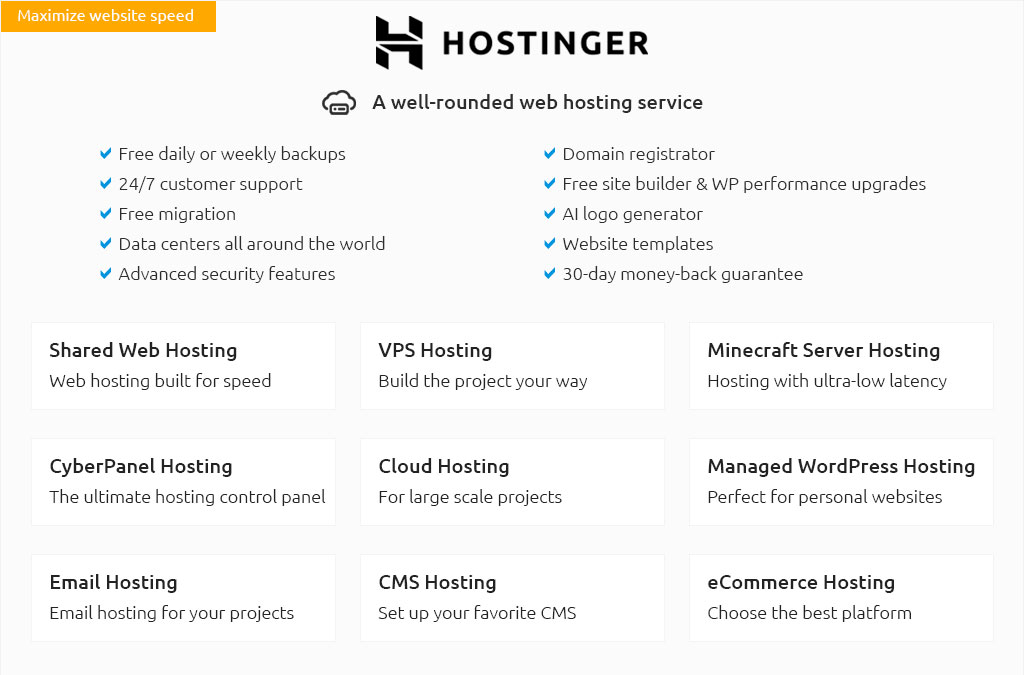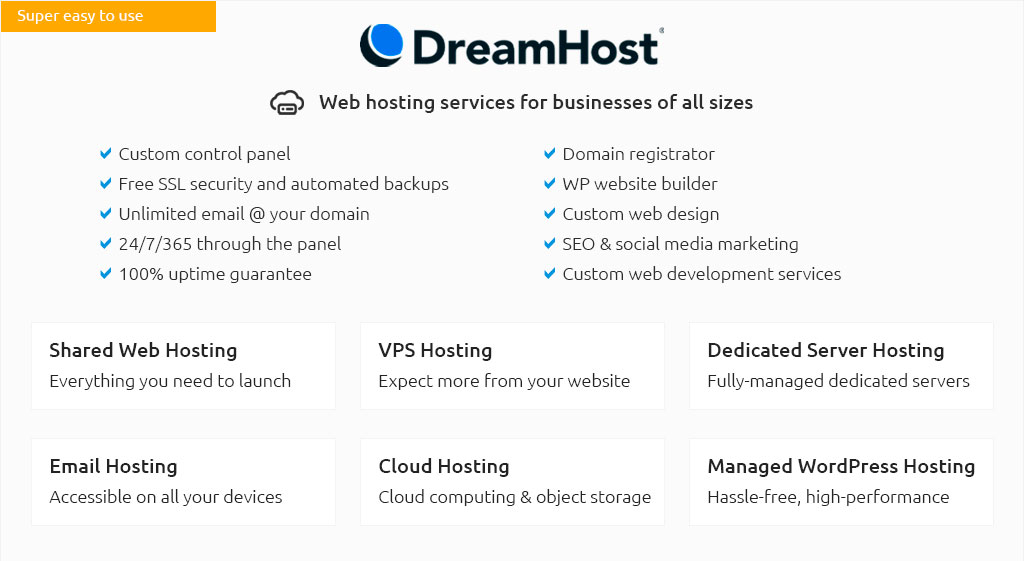 |
|||
 |
 |
 |
|
 |
|
 |
 |
 |
|||
 |
|||
 |
|||
 |
|||
 |
 |
shared hosting comparison essentials for smart buyersPicking a starter plan can feel murky. A clear shared hosting comparison helps you see what you get, what you give up, and how providers differ in everyday use. How shared hosting worksMultiple sites share one server’s CPU, RAM, and bandwidth. That pooling keeps costs low, but noisy neighbors can nudge performance. Look for resource isolation promises, fair-usage wording, and transparent limits on inode counts, processes, and email. What to compareRead beyond the headline price; the value is in consistency and support. Use this quick checklist when narrowing plans:
What to expectShared plans are ideal for blogs, portfolios, and small stores. Expect solid speeds under moderate traffic and some variability at peaks. A host that is candid about limits-and proves it with tooling and status pages-is usually the safer long-term bet.
|